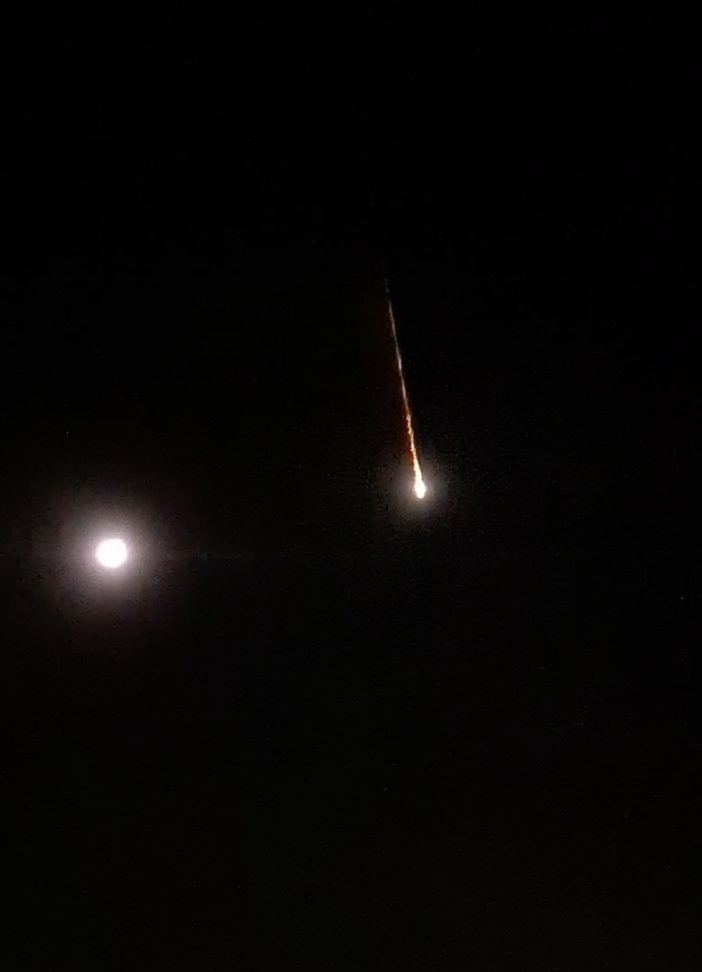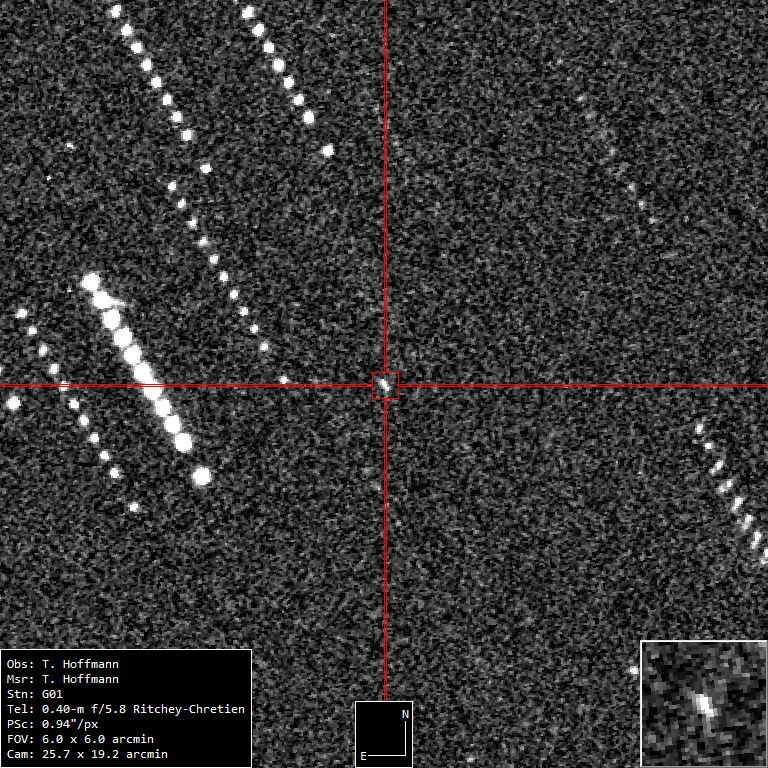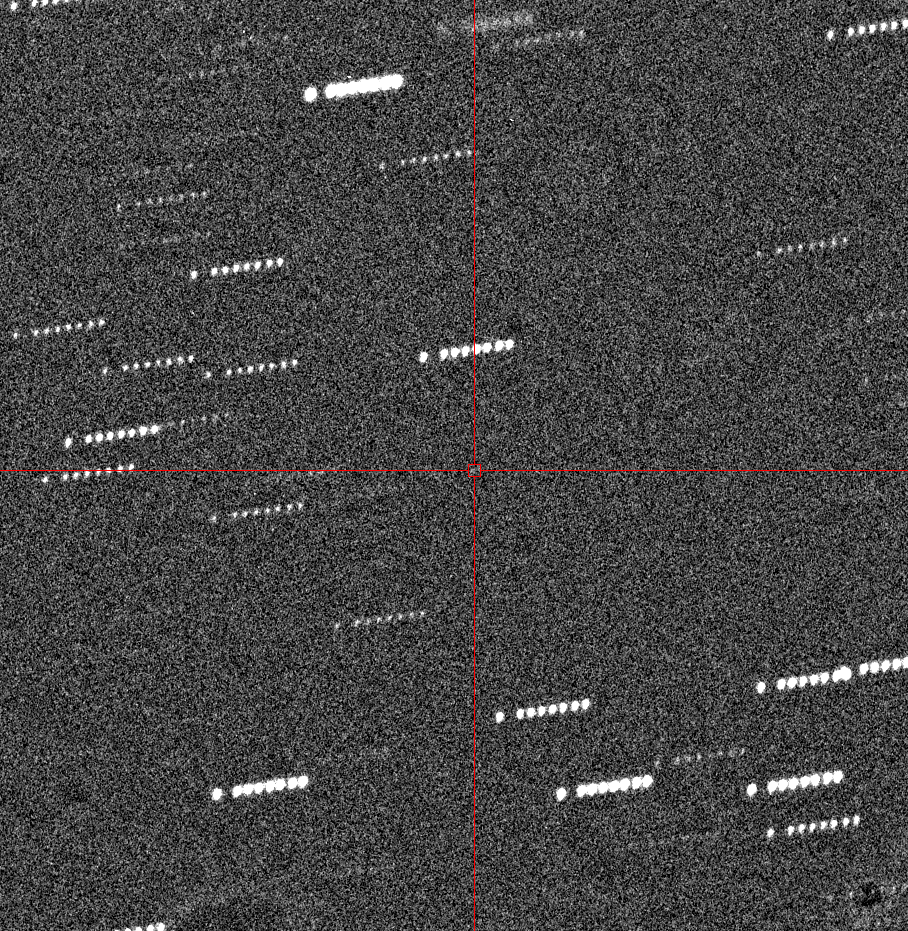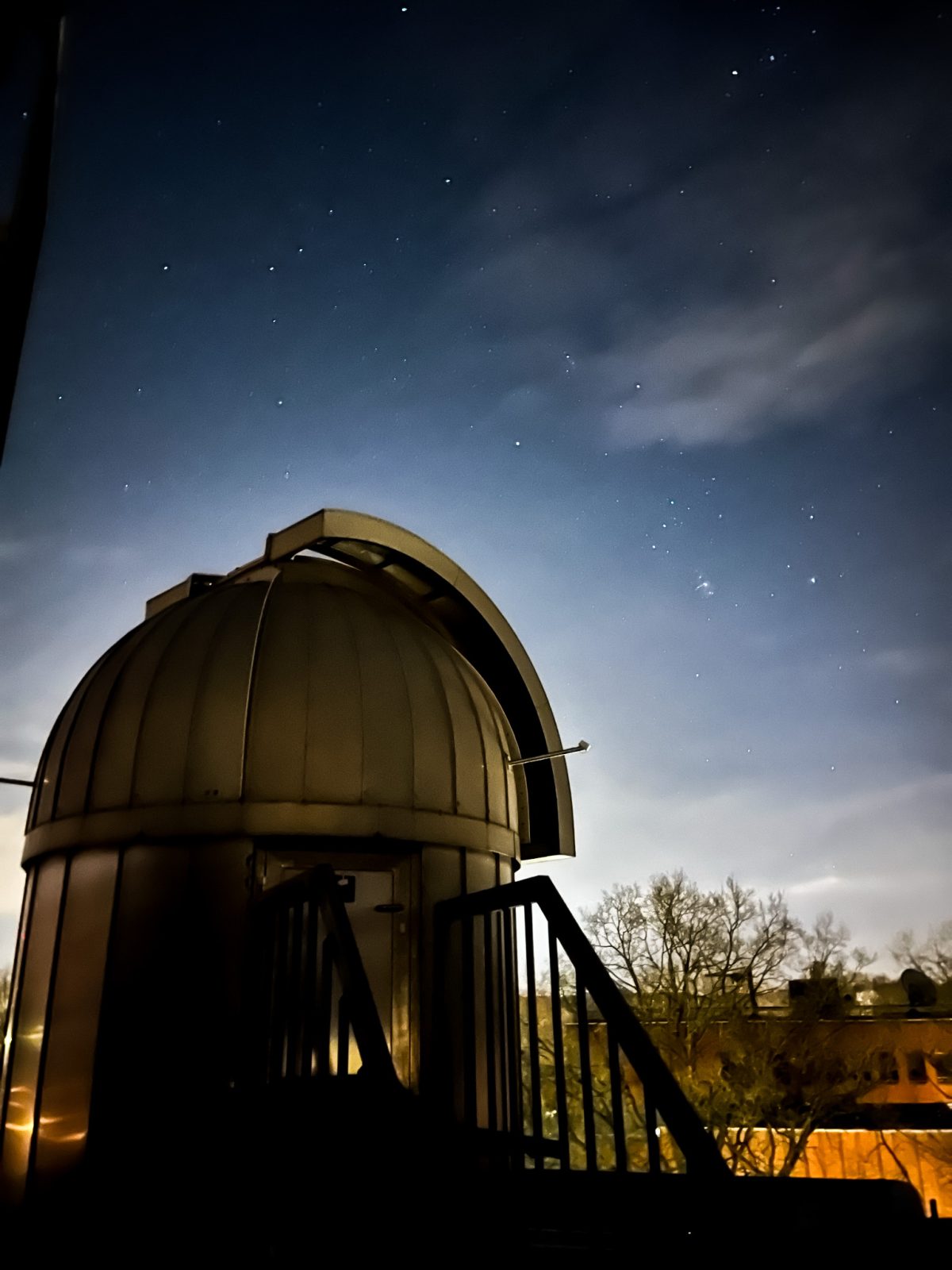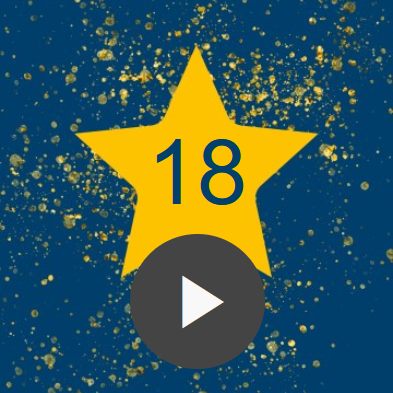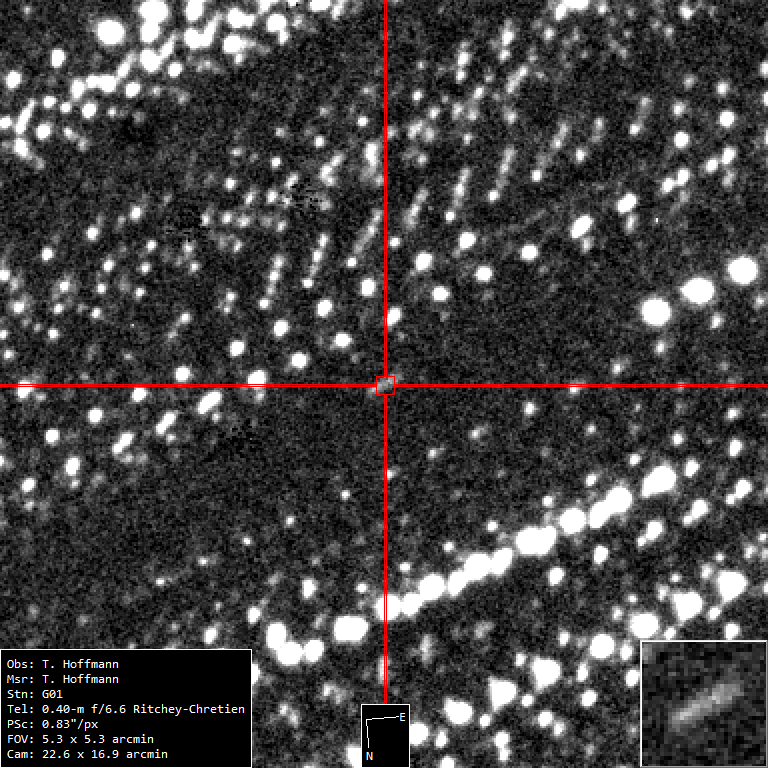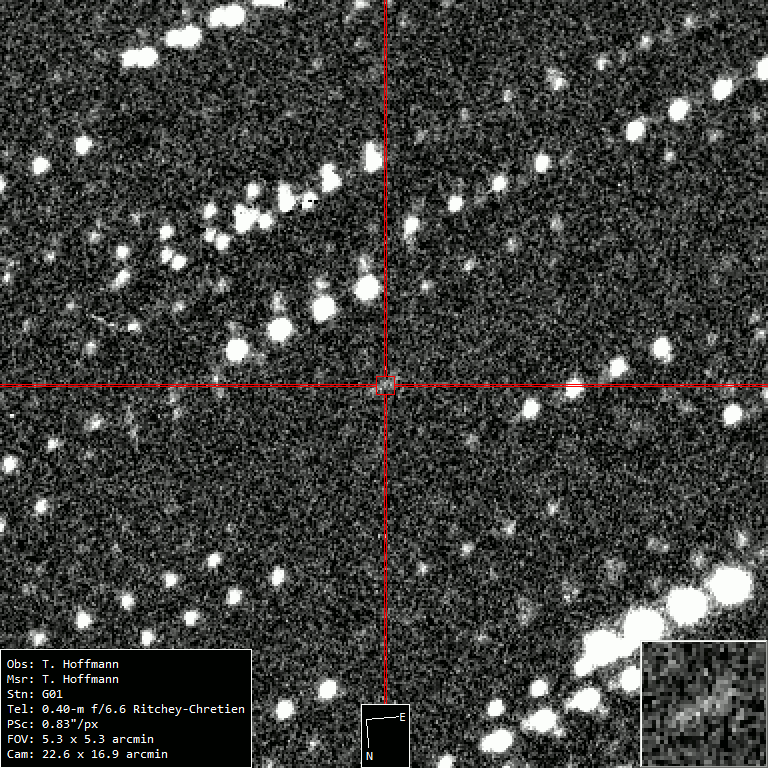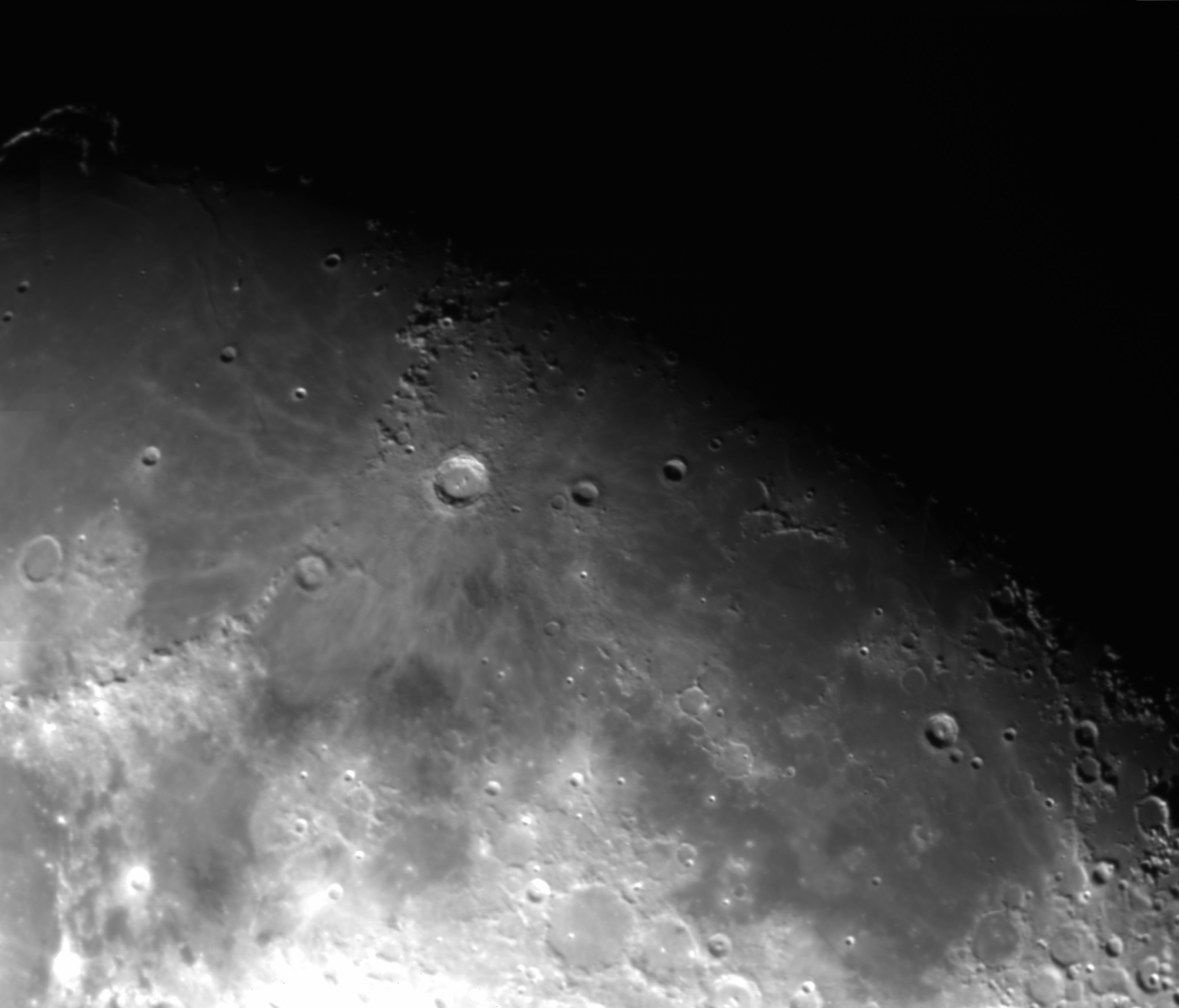21st of January 2024
A very exciting night of observations has come to an end…
It started with the Meerkat alarm (ESA’s imminent impactor warning system) from NEOCC at 23:36, which was triggered by the publication of observation data of a new asteroid. A 100% heliocentric impactor with a size of 1 m was predicted to arrive in Germany or Northern Europe in the next few hours. It was quite surprising, as it had a 100% impact probability with such few observations. This rarely happens. Since it is also an object with a heliocentric orbit, it is very likely that it really is a natural object, such as a NEO (Near-Earth Object), and not an artificial satellite or similar.
We started the GHOST telescope at the university observatory within a few minutes. The weather was quite cloudy, but dry and there was still some hope of small gaps in the clouds.
In the meantime, other ESA employees became also aware of the alert. At 23:53, the Meerkat Alert was updated with new data. The parameters of the asteroid were still confirmed, but the impact time will be confirmed within the next 2 hours and the impact corridor is located in the Berlin/Brandenburg area.
At the same time, GHOST attempted to take its first measurements of the object. Despite the clouds, cloud-free images were occasionally taken, but these could not be analyzed with sufficient accuracy.
At 00:08, the impact period was further narrowed down to around 00:30 UTC with additional observation data from Meerkat. In the meantime, there was no longer any doubt in the community that this was a real object. Distribution lists such as the Minor Planet Mailing List were used to reach scientists worldwide and in particular to find observers in the region who were still awake.
In the meantime, GHOST produced analyzable images. However, it turned out that the object was now moving so fast in the sky that the telescope could no longer keep up with the measurements in the narrow field of view before the object moved out of the image. In addition, there were much larger systematic errors in the current position data of the object from the MPC, as these do not take Earth and Moon gravity into account when calculating the orbit of the object and this has now become a dominant effect due to the proximity of the Earth. In the end, GHOST looked in the wrong areas and was therefore unable to record the object despite the fact that some areas were cloud-free.
At the same time, all possible Allsky cameras (AllSky7 and FRIPON) at the observatory and in the Berlin/Brandenburg region that we supervise were checked for functionality in order to be able to detect the soon arriving fireball.
Further observations of the asteroid were recorded all around Europe, even up to 15 minutes before the impact, until the object disappeared into the Earth’s shadow and could no longer be seen. Links to webcams in Berlin were shared around worldwide to follow the event live, and a final appeal was quickly made to colleagues in the Berlin area to please look up into the sky and record it with cameras if possible. With nothing more to do, it came the time to just wait…
… We held our breath and at 01:32 the time had come …
The meteor was clearly visible on webcams, the prediction came true, exactly as shown in the calculations! People in the region clearly saw the very bright glow, which only lasted a few seconds. At its maximum, however, the fireball was brighter than the moon! A colleague in Berlin recorded the whole event with his camera (see Video) and made the recording available to us for evaluation and submission to IMO. More pictures and video were shared worldwide. People congratulated and congratulated each other. People from all over the world came together for a moment and worked together to capture this small 1 m rock for as long as possible with as many cameras and eyes as possible. What a spectacle!
In the meantime, the asteroid has been published by the MPC (https://www.minorplanetcenter.net/mpec/K24/K24B76.html) and initial measurements have been collected by the IMO (https://fireball.imo.net/members/imo_view/event/2024/423). Further evaluations will certainly follow tomorrow. It is possible that a meteorite can be found 20 km west of Berlin in fields and meadows…
Have a good search!
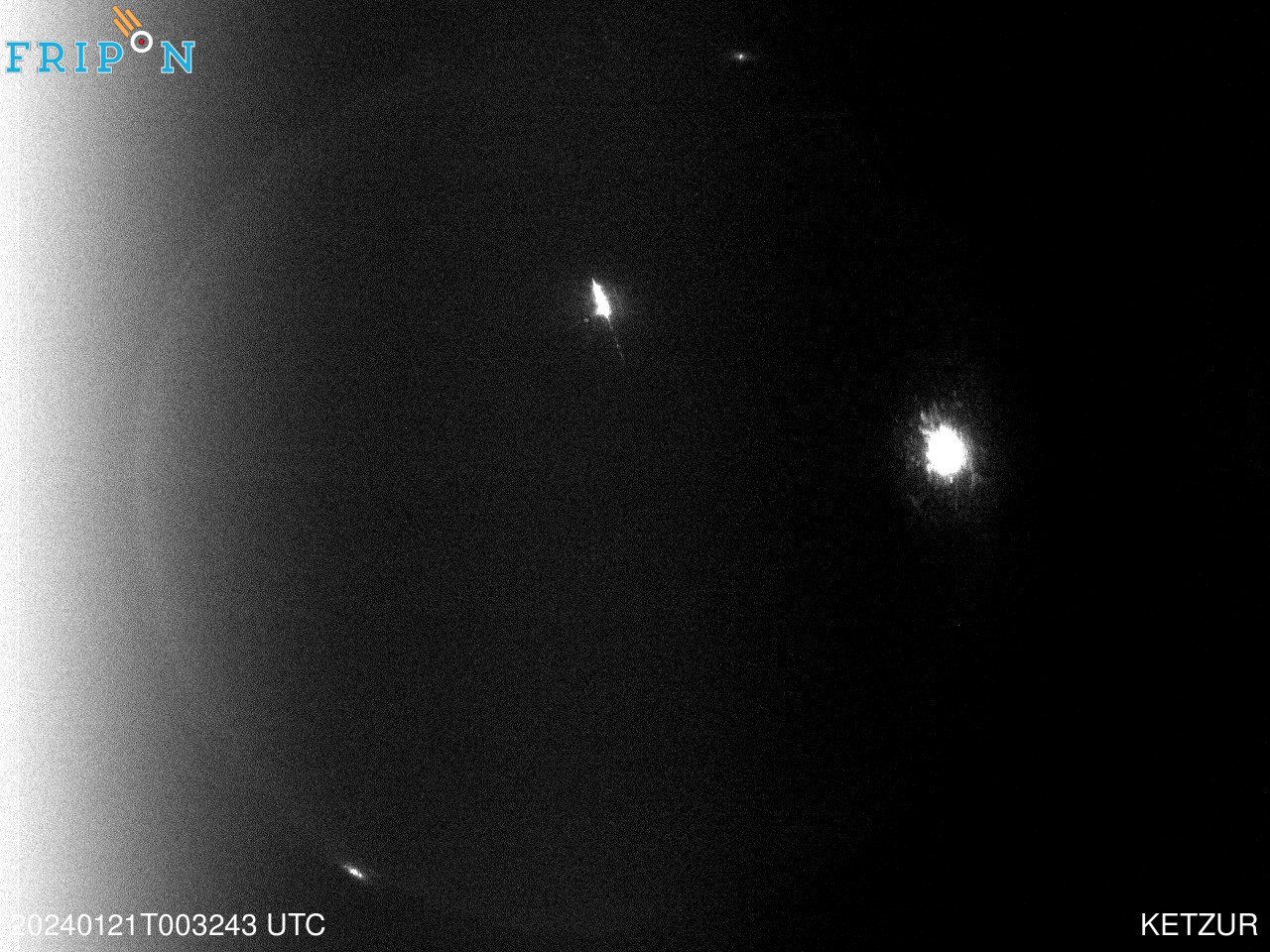
References:
https://neo.ssa.esa.int/-/a-new-tiny-impactor-observed-until-shadow-entrance
https://www.minorplanetcenter.net/mpec/K24/K24B76.html
https://fireball.imo.net/members/imo_view/event/2024/423

